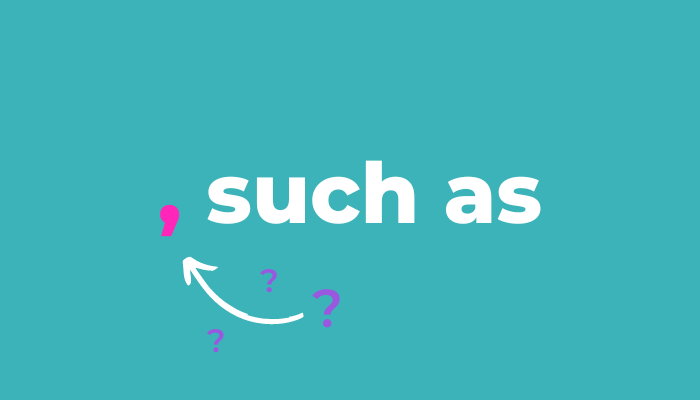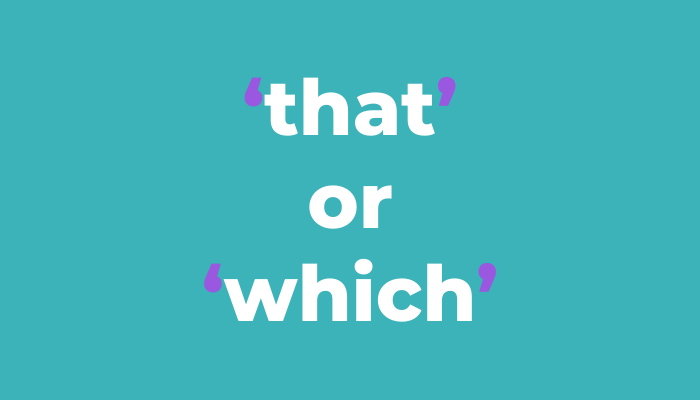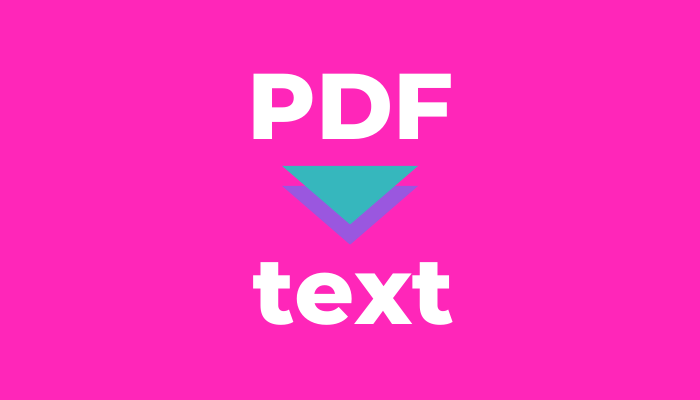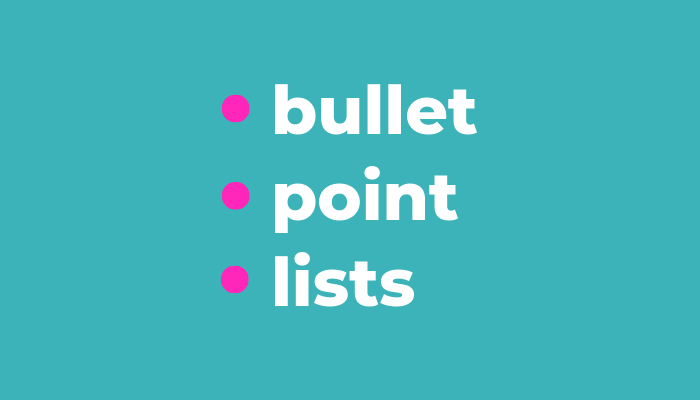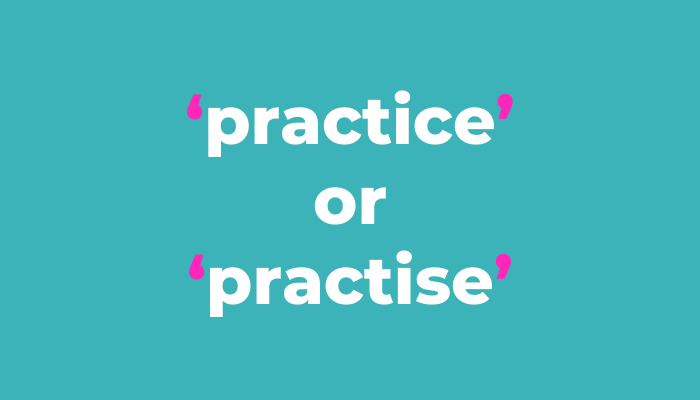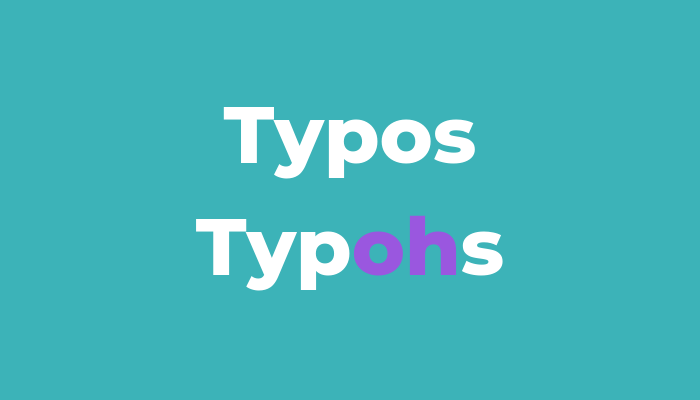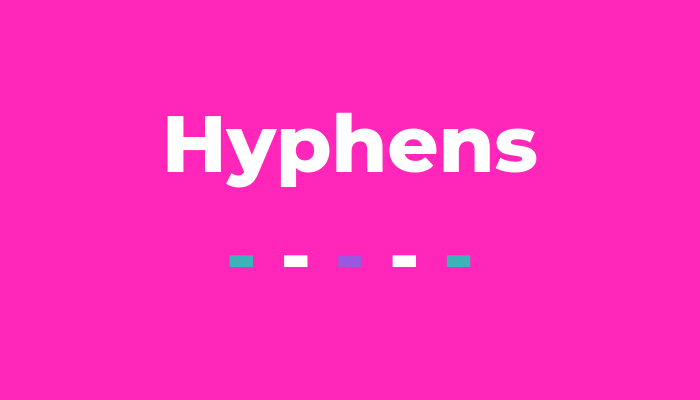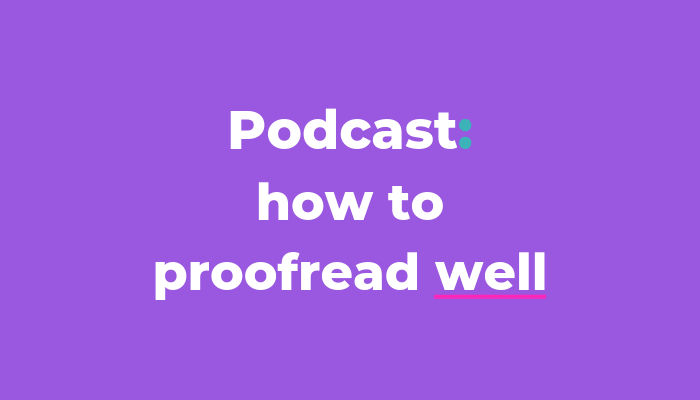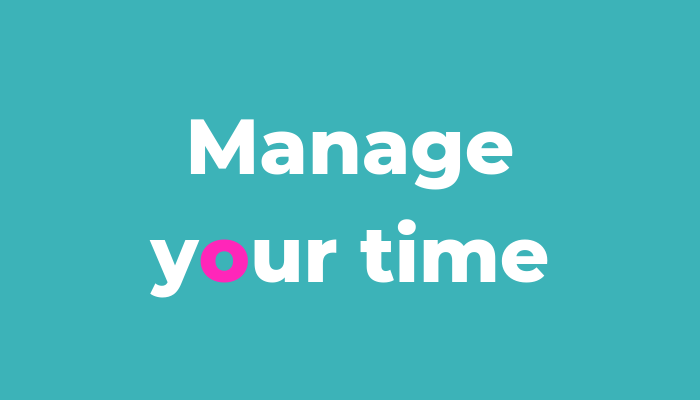How to use hyphens
You put this hyphen in. You take that hyphen out. In out, in out. Then stare until you doubt.
I like neatness, simplicity and continuity. So why do I write: proofreading | proof-editing | copy-editing?
Using one hyphenated form and not another leaves me feeling unsettled. And my own writing shouldn’t make me feel squiffy. But there is a reason behind my decision.
Let’s take a look at how to use hyphens correctly, and how usage and familiarity come into play.
Hyphens are hard
Hard hyphens join words, or parts of words, together so they form a compound unit.
Hyphens can be soft too. They’re the ones that split a word at the edge of the page as the sentence continues to flow below.
Which line is it anyway?
Let’s be clear on what we’re looking at, as these little lines get slotted in all over the place.
Here you have the helpful hyphen: /-/
There are no spaces either side. It gathers two words together and snuggles them in to remove any confusion in the meaning. And we like it when there’s no uncertainty – we’ve other stuff to be getting on with.
Em & Ens
Then there are the dashes. The en dash /–/ is around the width of an ‘n’. Then the em dash /—/ is, yup, about the width of an ‘m’. We'll leave these as you can head over to how to use an en and em dash.
Hyphens in compound words
We’re here for the hard hyphens. So here are a handful of ways hard hyphens are used in compound words.
1: Compound nouns
These compounds are two or more separate words. Over time they’re used together more regularly and may become hyphenated. Eventually that hyphen may be dropped to become one closed word. Think ‘skiing’, ‘toothbrush’ and ‘proofreader’.Back when Beyoncé was cheering on all the single ladies, we were discussing whether ‘e-mail’ should be hyphenated or not during my first proofreading training session. (She wasn’t in the training – I can’t proofread to music.) I was all for dropping the dinky little thing but many were in favour of keeping it. That was 2009. We’ve made it through the ‘electronic mail’ stage and, ten years on, we’re pretty much all about the ‘email’ now. Language evolves.
As language changes, how we use compound nouns can often be down to your own stylistic choice until they become accepted as one word.
2: When compound nouns & verbs switch
Now the rules kick in. And rules make everything fun.Rule #1: If a compound NOUN is used as a VERB then it’s hyphenated.
► NOUN: Whoa, it’s a booby trap!
► VERB: The Goonies were booby-trapped by One-Eyed Willy. (Yes, I wanted to write ‘booby’. And references to ‘80s films make hyphens fun. Even more than rules.)
Rule #2: If a compound VERB is used as a NOUN then it’s hyphenated.
► VERB: He wanted to build up volume in his quiff.
► NOUN: His quiff was sticky with a build-up of hair gel.
3: Compound adjectives
These descriptive compound words have rules too.Rule #3: If a compound ADJECTIVE comes BEFORE the NOUN it modifies, then it’s hyphenated. If it comes AFTER, then it’s not.
► BEFORE the NOUN: Brenda was always up for an after-dinner game of Snakes and Ladders.
► AFTER the NOUN: You just couldn’t keep Brenda from playing a game of Snakes and Ladders after dinner.
A trick to tell if two descriptive words before a noun need to be hyphenated is to replace them with just the one adjective.
► COMPOUND ADJECTIVE: Look at his well-worn shell suit and cuter-than-cute labradoodle.
► ONE ADJECTIVE: Look at his flammable shell suit and adorable labradoodle.
4: To avoid letter collision
These collisions are where two vowels or three consonants sit together as the two words combine. You may find you mispronounce them the first time or have to re-read them because they’re not clear. It tends to happen with prefixes and suffixes.► Brenda hadn’t preempted the helllike chaos when Bernadette lost at Snakes and Ladders.
► Brenda hadn’t pre-empted the hell-like chaos when Bernadette lost at Snakes and Ladders.
5: To avoid confusion
This is where hyphens are necessary to the meaning and your readers’ understanding.► Are you re-signing the contract on your flat or resigning from your lacklustre job?
► Is she sharing her music taste as a heavy-metal woman or discussing the sculpture of a heavy metal woman?
6: To avoid repetition
This one helps with understanding and flow.► A ground-floor and first-floor flat is too clunky unlike a ground- and first-floor flat.
Stop. Grammar time.
Before you run off with your knowledge, there’s one last thing we need to consider: the exception.
If a word ends with ‘-ly’ it makes things a bit easier because they don’t need hyphens. But that makes them a bit trickier again as you need to remember that they don’t need hyphens.
► If you want to congratulate those newly married women, give them a high-five. Not a hyphen.
There’s no need for the hyphen hokey cokey
Hyphens make language easy to understand (AKA: easy-to-understand language). If the words are going to cause confusion by offering different meanings without a hyphen then you need to pop one in.
If a compound noun is used interchangeably as two separate words, hyphenated words or a closed one, check the dictionary and common usage. Or make a stylistic choice if you need. Choose what suits you or your in-house style. ‘Copyedit’ isn’t as familiar to me and the shape doesn’t look right. So I’m sticking with ‘copy-edit’.
Whatever decision you make, stick to it. List it in your style guide. Shout it out to your colleagues. Be consistent. If you know why you made that choice, then you’re all good.
And that’s what it’s all about.



